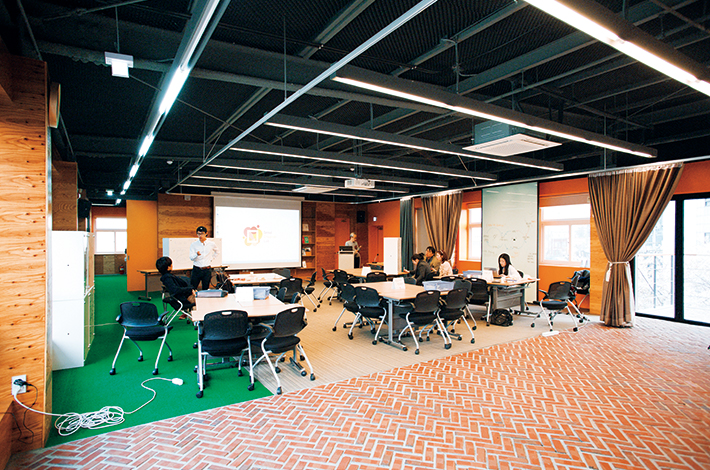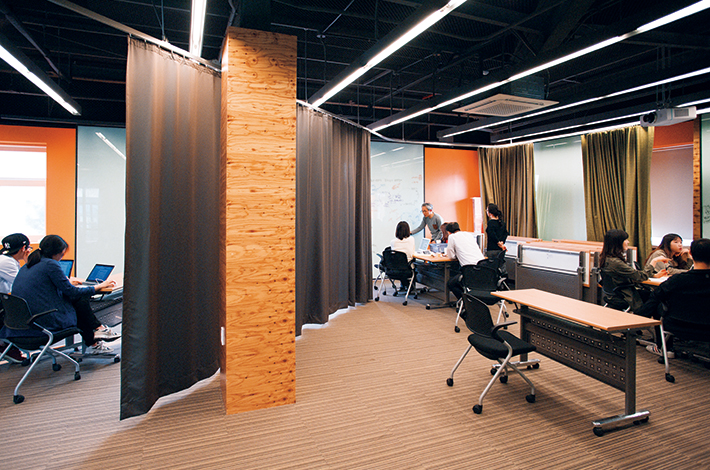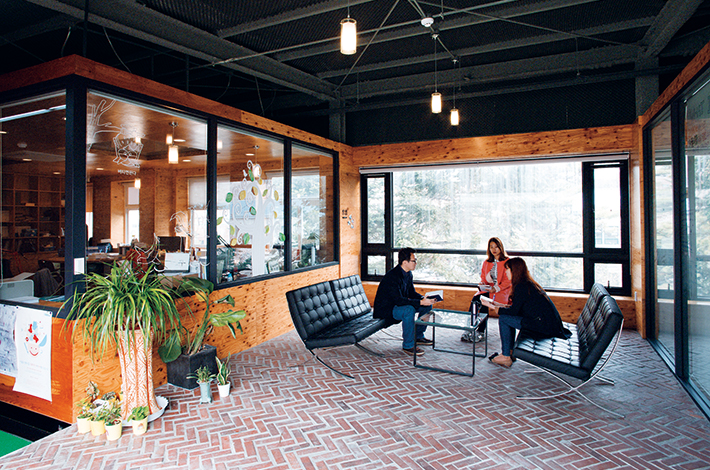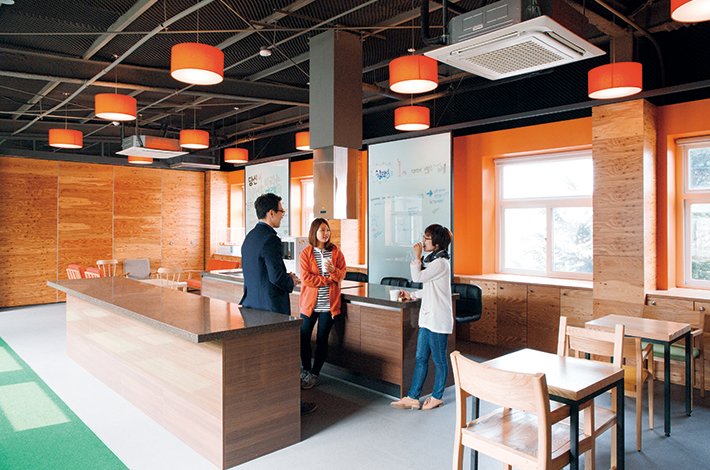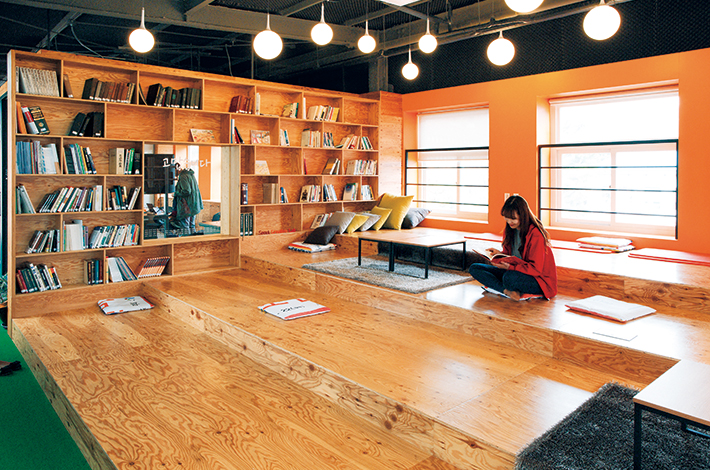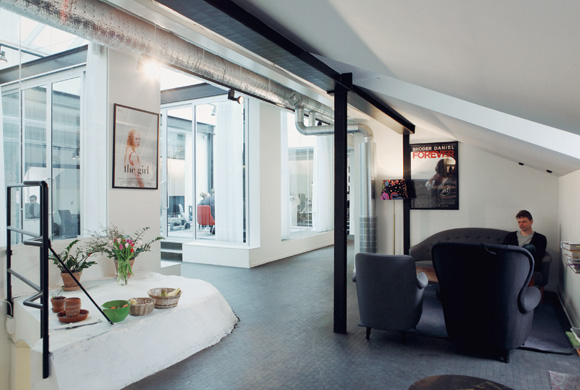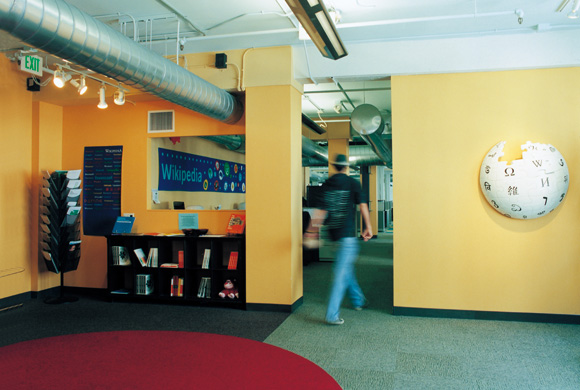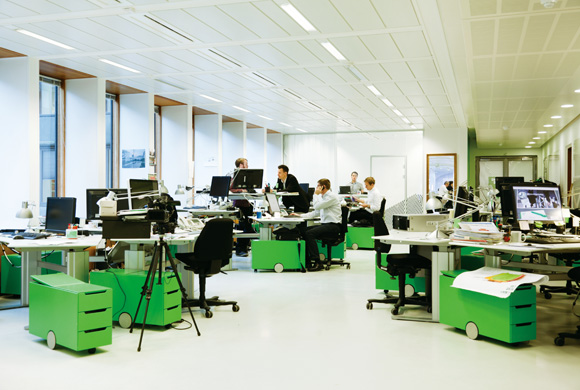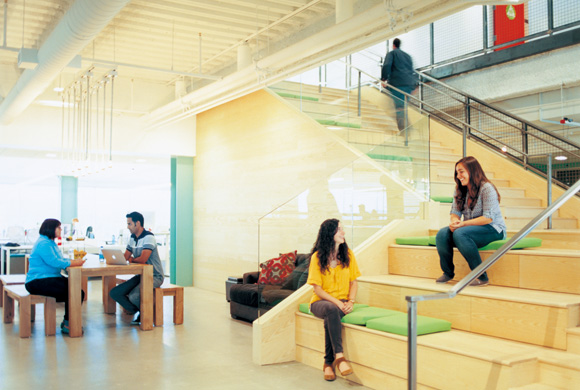Workplace
Mar. 4, 2019
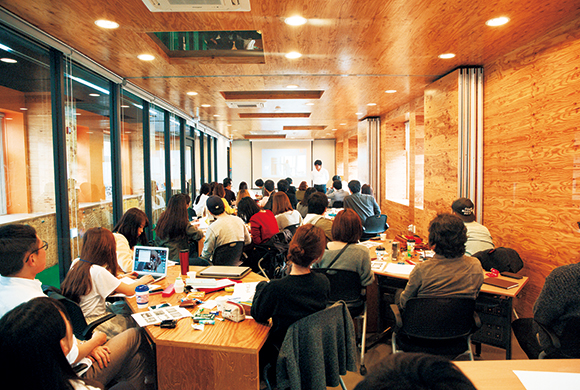
Sketching a Human Vision
Future Center in South Korea
[Seoul Creative Lab] Seoul, Republic of Korea
Seoul Creative Lab (SCL) is a place where the public can experience first hand ideas about the future of their city. It’s not a top-down effort by national or local governments, but a bottom-up open platform from the people as they look for solutions to problems.
At the same time, though, SCL hosts a variety of lectures and workshops to allow citizens to act autonomously and gain new knowledge and skills. Participation is selected from students or members of society. SCL’s Creative Industry Team Director, Kyong-Il Moon, explains.
“The basic concept is to nurture talented people,” he says. “There are issues facing Seoul that we will need to resolve, but that’s not what is particularly important for us. We don’t know what will happen five years from now. Besides, there are surely others who are looking at the issues Seoul is now facing. What we are trying to do here is nurture the people who will be able to find solutions for tomorrow’s issues.”
There are four main categories to the programs presented by SCL: development of fully-integrated talent, creation of new occupational groups, resolving community problems and being future-oriented.
Here is a concrete example of the instruction provided. In a creative workshop aimed at high school students, the catchphrase was “Find the Attractions of Seoul” as the students created documentary films, news, advertising and movies. The Seoul Community Creators is a group of students majoring in many different fields and citizens who together look for solutions to the social problems of the future urban area. With people from different areas of experience raising questions and discussing, the class helps to increase their sense of independence and spontaneity. The SCL also works in collaboration with the Dongdaemun market area, known for its garment industry. The lab matches them with new designers, and continues to engage in open innovation in the foundation of new brands.
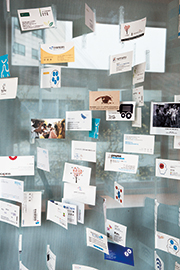 Visitors’ business cards are left here on the wall as proof of their visit.
Visitors’ business cards are left here on the wall as proof of their visit.
Established: 2013
Employees: 4
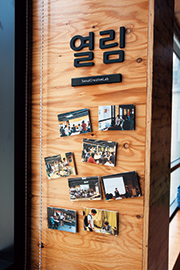 Posted notes show the situation for the workshops and various projects.
Posted notes show the situation for the workshops and various projects.
The design of SCL was created with the same kind of energizing discussion as they do themselves, and expresses the group’s independence. The building is a striking donut-like shape. A characteristic feature is that, wherever you look, the participants can be seen working together. Depending on the space, curtains will be used as partitions. These block the view from others but still allow for voices to be heard. “With an environment in which the talking of others nearby can be heard, the discussions become more animated,” Mr. Moon says. “The point is, things move more slowly if the spaces are divided up.”
In the floor are some spaces illustrating the process of human thought: Yeollim (to be opened), Teuim (open), Kkeulim (drawing things in), Sseuim (using), Jjaim (putting things in order). All of the spaces have been designed so that any person coming into the space will find them intuitive to use. For example, Yeollim looks to the outdoors in a big, open space. Sunlight floods into this spacious area, where citizens from a range of backgrounds gather for seminars and workshops.
“A creative space where ideas can form is the starting point for everything,” Mr. Moon says. “One point that I personally like is the wandering that’s part of a donut-shaped building. You don’t run into partitions, and just strolling around for a day gives me a sense of the infinite. The high ceilings were also designed to help create a condition where creativity could be drawn out. ”
The furniture includes moveable desks and other factors for variability. Consideration has also been made to allow small groups to customize rooms. Public reaction has been outstanding. Far from being confusing to use, Mr. Moon says he was surprised to find that, “People are using the space very well. People are very free.
The previously-mentioned curtains and desks can be moved by the public as they like, another factor tied to discussion activities. In this way it’s close to the ideal world of architecture Mr. Moon envisioned. Still, more than half of the spaces that architects should have created still have not yet been produced. It is users who will change the remaining spaces; as the people using them change, so the spaces will change as well. That, he says, is one of the fascinating things about architecture.
It’s been just over one year since SCL opened in July of 2013. While the discussions on solutions have in fact been reflected in public policy, the most important result has been the development of human resources.
“Thanks to SCL’s curriculum, there are many people who are now seeking work that is more socially beneficial,” Mr. Moon says. “There are people here who have retired from large corporations, as well as people who have switched from visual to social design and others who have decided to make a career shift. People who ordinarily do not have opportunities for exchanges, such as women in their 40s and university students, can enter into discussion here, and even some college students realize with a shock that, ‘I was on the wrong course in my life!’ Apparently, the people who gather here, even those who are employed by top companies, feel a sense of thirst for more. They had not realized that up to now they really weren’t satisfied. SCL can help quench their thirst by providing them with new opportunities for discovery.”
Mr. Moon introduced the cases of two people who are typical of the idea of citizens being able to reexamine their own lives. The first is a man employed in the planning department of Samsung Everland (an amusement park operated by the Samsung Group). During participating SCL creator program, He learned how to deduct problem and focus on solution. Finally He got first prize from a utilization scheme competition for idle public space.By SCL program, He got a special career and more skill for his job.
The other person is a certified social worker, employed by the Seoul University Hospital. After SCL program, he tried to join Seoul National University Hospital Junior board. And He made teams and let them to do brain storming for deduct idea and communication each other as junior board chief by SCL program. Like this example, our members can change small thing in their position by learning experience. Moreover some our members prepare opening cooperative now.
“This isn’t something where there will be an immediate result, but if he continues, hospital service will improve, which in turn could be something that will be transmitted from Seoul to the rest of the country,” Mr. Moon says. “Then if people say, ‘The man who started that was a graduate of the Seoul Creative Lab,’ this will also help to build our reputation in the future.”
To date, some 10,000 members of the public have made use of the SCL. They have come in contact with high-quality creativity, thought proactively about the style of their city, and also re-examined their own lives.
Consultancy for Work Style:HYUNJOOON YOO ARCHITECTS
Interior Design:HYUNJOOON YOO ARCHITECTS
Architect:HYUNJOOON YOO ARCHITECTS
From WORKSIGHT 06 (Oct. 2014)
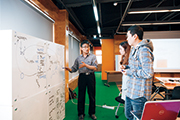
If the form of the discussion changes, the appropriate space can also change. In the photo is a set of whiteboards combined into a portable whiteboard box.
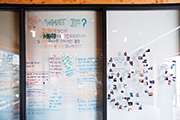
“What if you were the mayor of Seoul?” is the question asked of visitors, who provide their own opinions.
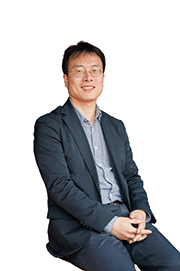
Seoul Creative Lab
Creative Human Resource
Team Director
Kyong-Il Moon
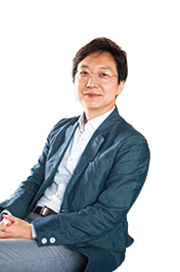
Hyunjoon Yoo Architects
Interior Designer
Hyun-Joon Yoo
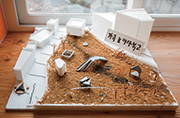
A model produced during the curriculum aimed at thinking about the park of the future decorates the interior of the SCL.


